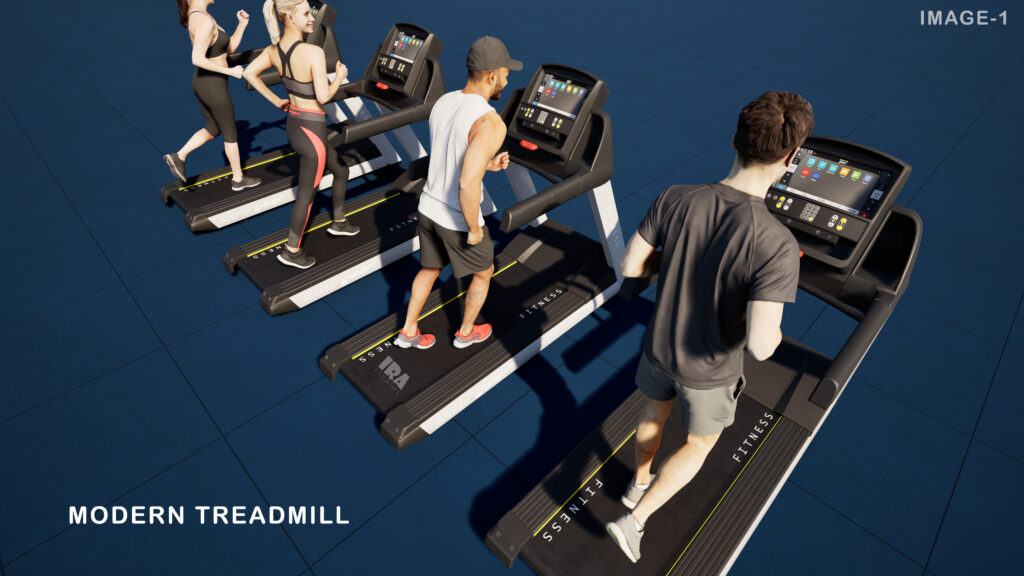
The Dark History of the Treadmill.
When you hear the word “Treadmill,” what comes to mind?
Most people picture a shiny machine at the gym — something used to get fit, burn calories, or warm up before exercise.
But what if I told you that the treadmill wasn’t invented for fitness at all?
It was actually born as a tool of Punishment — a cruel machine designed to break the spirits of prisoners locked away in cold, dark jails.
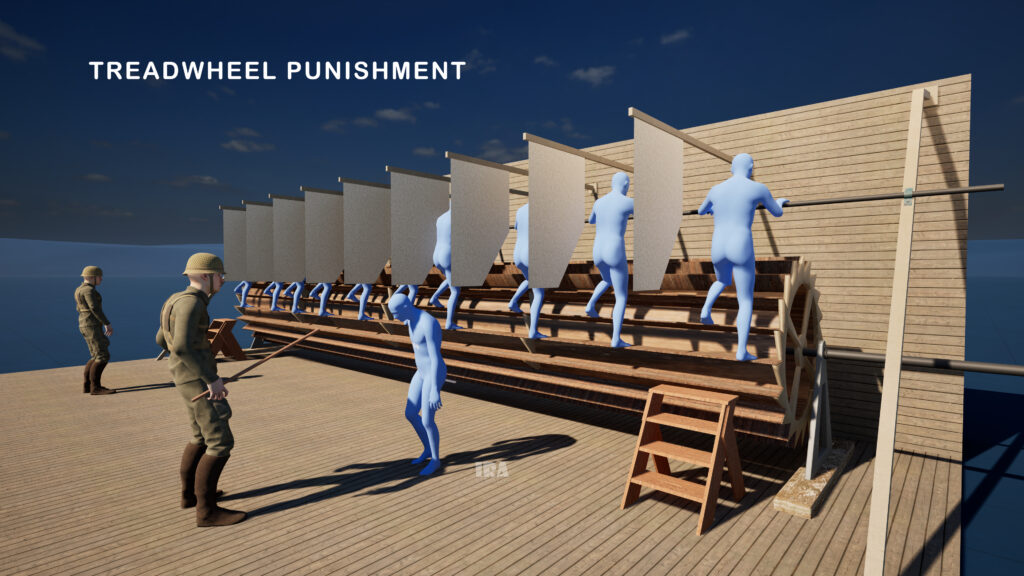
Sounds unbelievable, right?
In this article, we’re diving deep into the shocking origin of the treadmill — from its painful past and surprising roots in ancient engineering, to how it evolved into the modern-day fitness icon we know today, brought to life with immersive 3D animation and striking 3D visuals that make the story both engaging and visually unforgettable.
Watch our 3D animation that uncovers the shocking history of the treadmill — from its brutal beginnings as a prison punishment to its transformation into a modern fitness icon.
Watch it in Malayalam – Youtube-Dark history of Treadmill-IRA Entertainment
Let’s Go Back to 1818 — England’s Overcrowded Prisons
In 1818, British prisons were overflowing — mostly filled with poor people who had nowhere else to go.
The government saw a problem:
Prisoners were just sitting around for months or even years, doing absolutely nothing.
They thought, “This isn’t right.”
So they came up with a plan:
Punish the prisoners and make them work hard at the same time.

Enter Sir William Cubitt — A Civil Engineer With a Harsh Idea
During this time, Sir William Cubitt, a civil engineer, visited the prison.
He looked at the idle prisoners and had a cruel idea:
“What if prisoners could be used as living engines?”
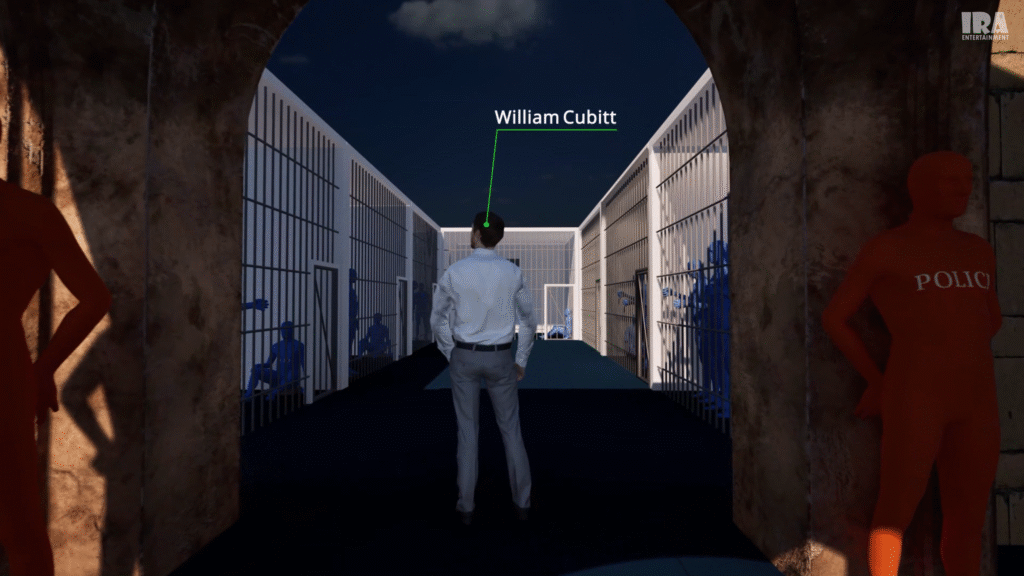
He invented a giant wheel with wooden steps — like a hamster wheel, but stretched out.
Prisoners had to keep walking on it non-stop.
This was their punishment.
Since the machine had a tread and a wheel, it was called a “treadwheel.”(Image-5)
This was the first version of what we now call the treadmill.

But This Idea Wasn’t Entirely New – Treadwheel Crane
Interestingly, the concept wasn’t completely original.
Cubitt’s treadwheel was inspired by ancient Roman engineering.
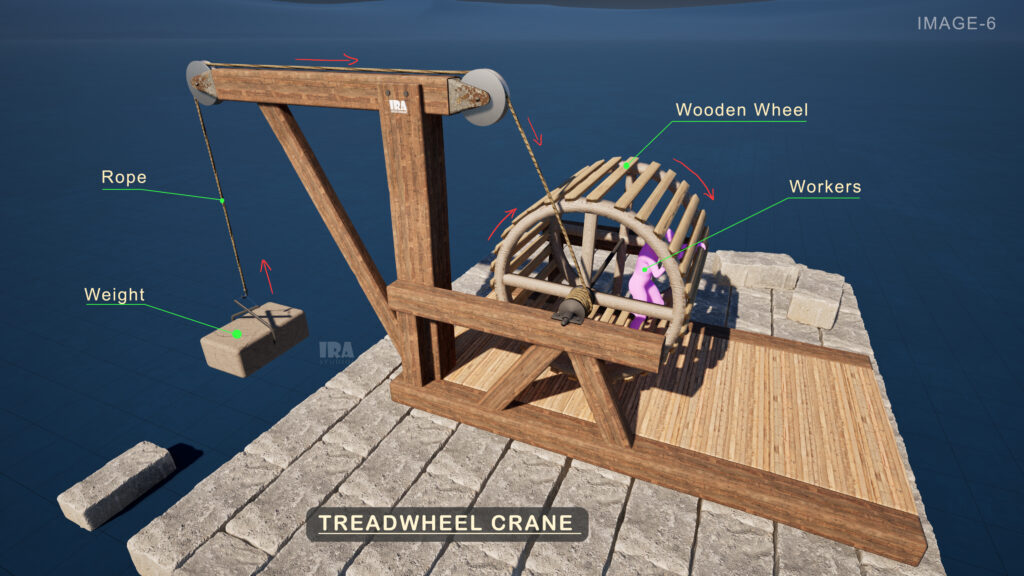
Centuries earlier, Romans used a human-powered wheel — known as a “Treadwheel Crane” — to lift heavy construction materials.
Workers walked inside large wooden wheels. As they walked, the wheel rotated, pulling up heavy loads using ropes.
This method made lifting huge stones and columns possible — and helped build massive Roman structures.
So, Cubitt adapted this idea… but instead of building wonders, he used it for punishment.
Climb or Suffer: Life on the Treadwheel
Prisoners were forced to climb endlessly on these rotating steps.
If they missed a step, they could fall and be punished by guards.
So they had no choice but to keep climbing.
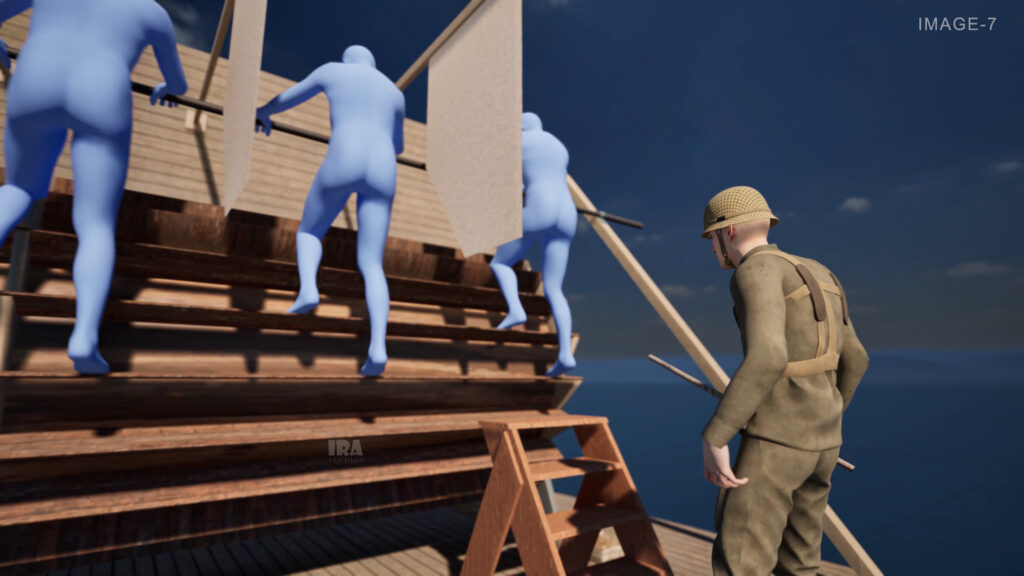
A single treadwheel could hold up to 24 prisoners at once.
Wooden dividers were placed between them to prevent talking.
Each prisoner walked for up to 6 hours a day.
For every 15 minutes of climbing, they got a 5-minute break.
In total, one prisoner could climb between 5,000 to 14,000 steps daily.
That’s like climbing a skyscraper 20 times a day… or 80% of Mount Everest —
All while chained, in heavy prison uniforms, under the watchful eyes of guards with whips.
What Was the Point of All This?
In some prisons like Brixton Prison in London, the treadwheel was used to grind corn or pump water.
That’s how the name “treadmill” came into use.
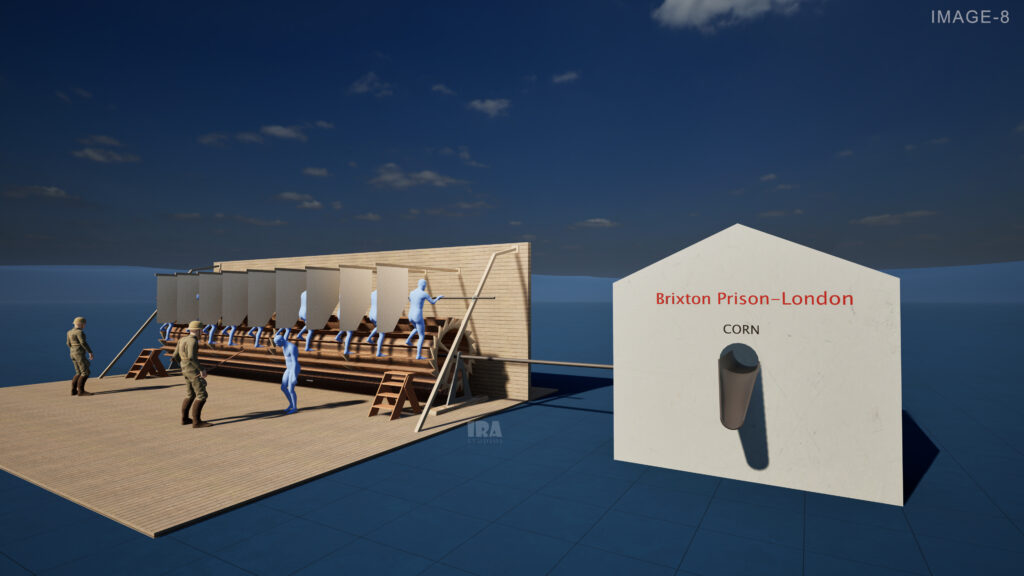
But in most prisons, it had no productive purpose at all — it was just torture disguised as work.
By 1842, 109 out of 200 prisons in England, Wales, and Scotland were using the treadmill.
In 1865, the Prison Act made hard labor mandatory for male prisoners, which meant thousands more were forced onto the treadmill.
The Physical and Mental Toll
Prisoners suffered from:
Swollen joints
Torn muscles
Heart problems
Total exhaustion
Officials claimed it would reform minds and teach discipline, but in truth, it was all about control.
Even famous prisoners like Oscar Wilde endured this painful punishment.
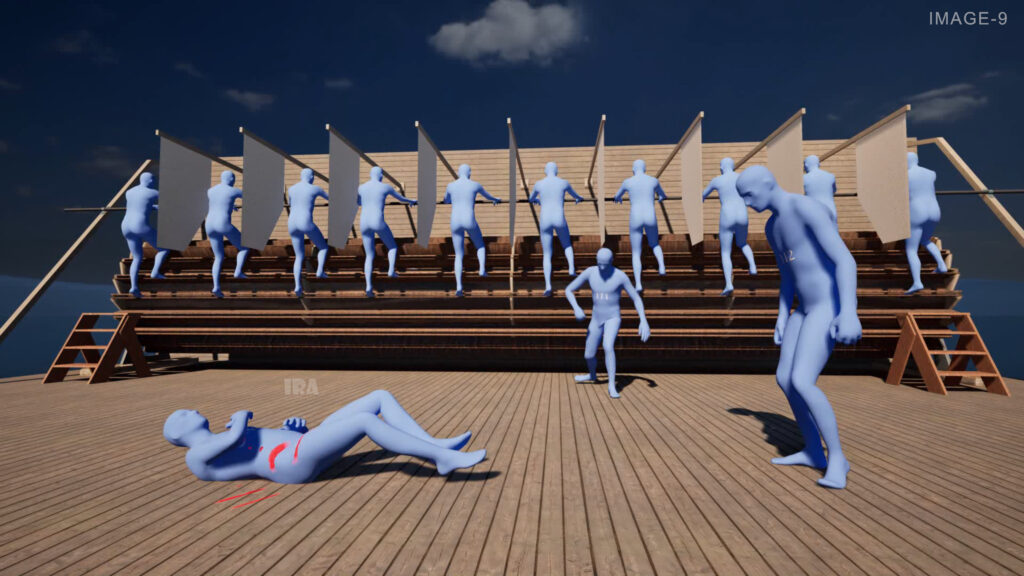
Public Outrage and the Fall of the Treadmill
Over time, social reformers began speaking out.
They called the treadmill:
Cruel
Pointless
Damaging to both body and mind
Thanks to growing pressure, the treadmill was finally banned from British prisons by the late 1800s.

From Prison Torture to Medical Marvel
Fast forward to the 20th century — the treadmill gets a new life.
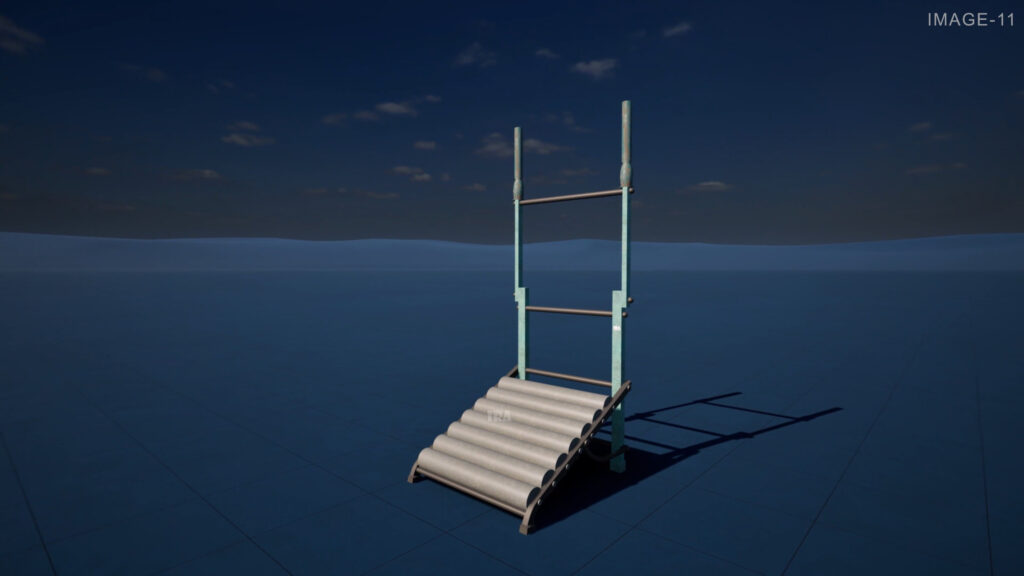
Doctors began studying the effects of walking and running on health.
By the 1950s and 60s, treadmills were being used in hospitals and labs for medical purposes.
One key figure:
Dr. Robert A. Bruce, a cardiologist, developed the first motorized treadmill in 1952 for cardiovascular stress testing — a major breakthrough in medicine.
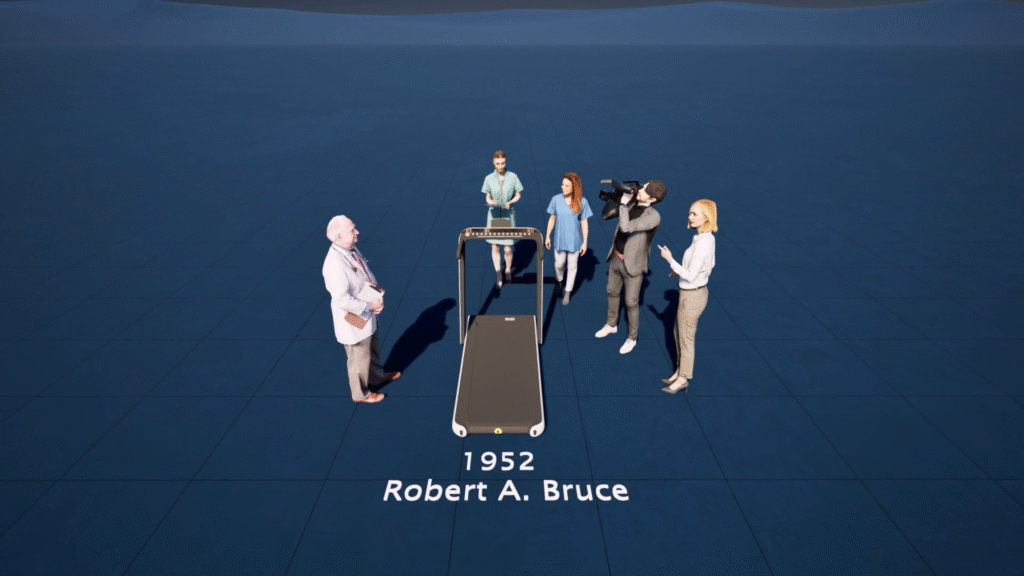
Then in 1968, American engineer William Staub created the first affordable home treadmill: the Pace Master 600.
He wanted people to stay healthy from their own homes.

The Treadmill Today
From there, treadmills exploded in popularity — appearing in gyms, rehab centers, and homes around the world.
Modern treadmills now feature:
Heart rate monitors
Digital coaching
Virtual workouts
Quiet motors and safety features
What was once a tool of punishment is now a symbol of health and fitness.
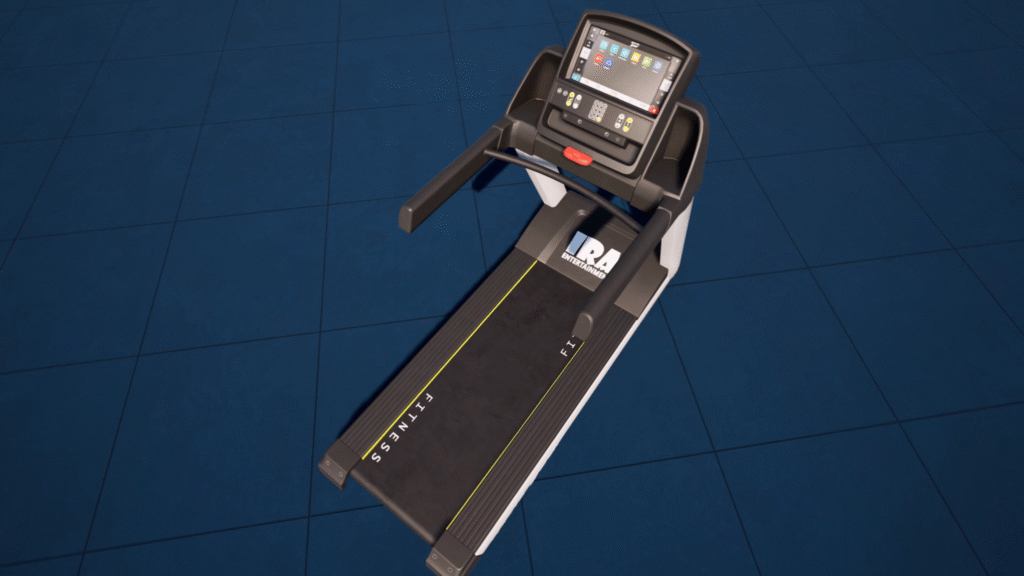
But the Past Still Echoes…
You’ve probably heard someone say:
“Life feels like a treadmill.”
“I’m stuck on a treadmill.”
That endless, repetitive effort with no progress?
It comes straight from the history of the treadmill as a prison punishment.
So next time you step onto a treadmill…
Remember — you’re walking on a machine that was once used to break prisoners’ spirits.
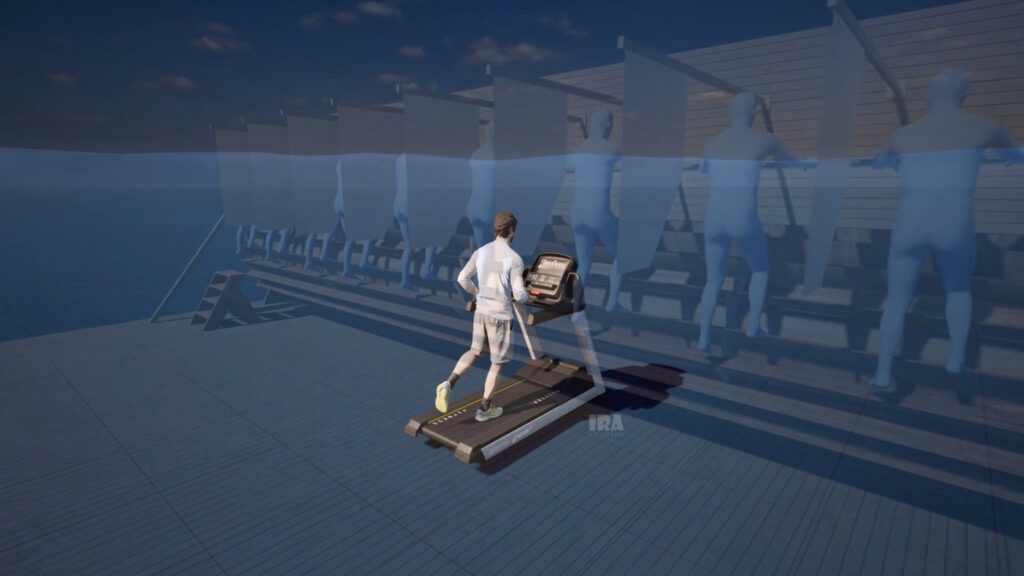
Thanks for Reading!
If you found this story shocking or fascinating, don’t forget to share this blog, leave a comment, and check out our 3D video on the same topic on YouTube.
Want to learn more through visual storytelling? Check out our detailed 3D explanation blog on HOW DOES A CANNON WORK
🔔 This is IRA STUDIOS — where you can
Learn Visually. Learn Easily.
With stunning, accurate 3D explanations.